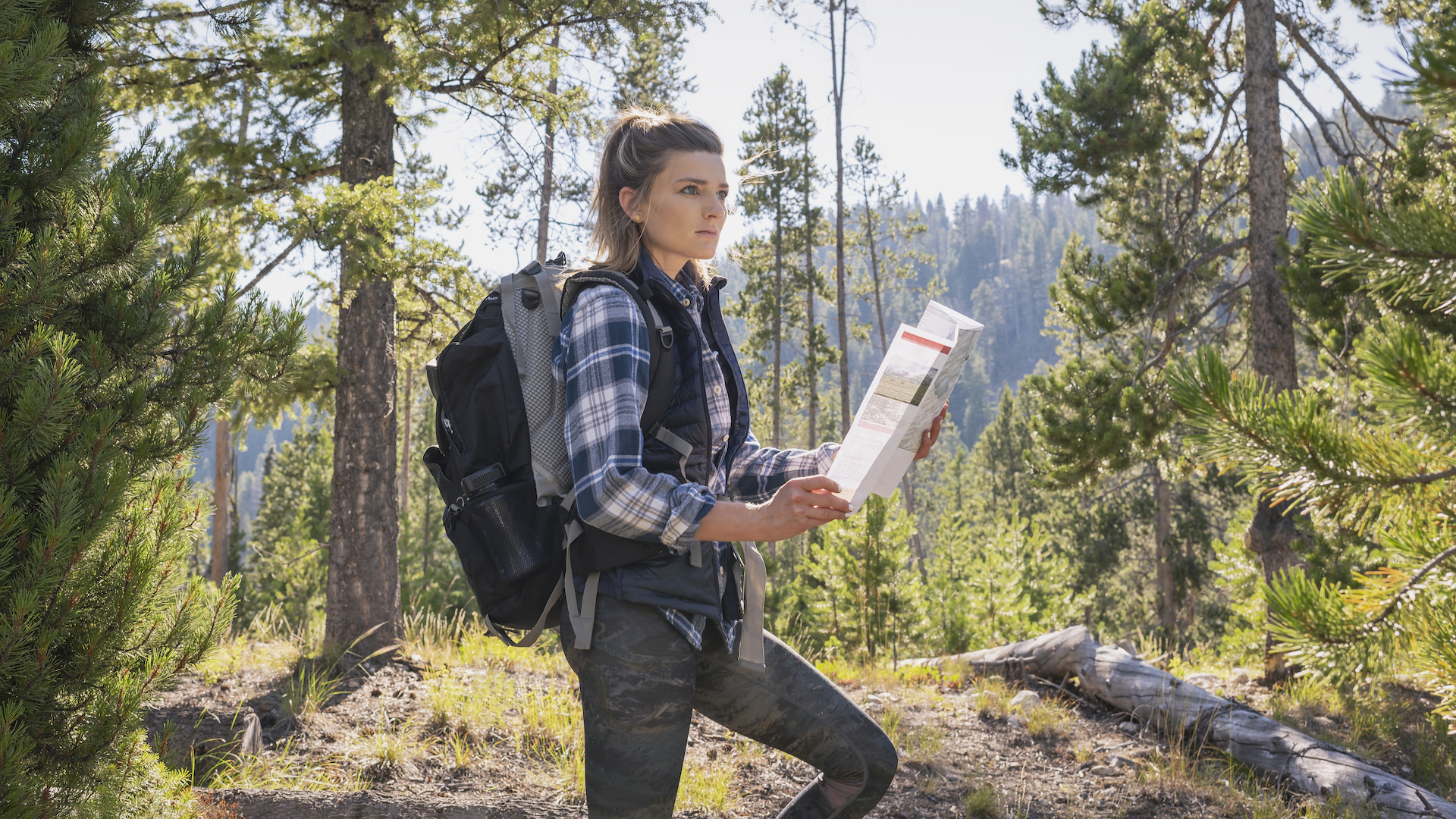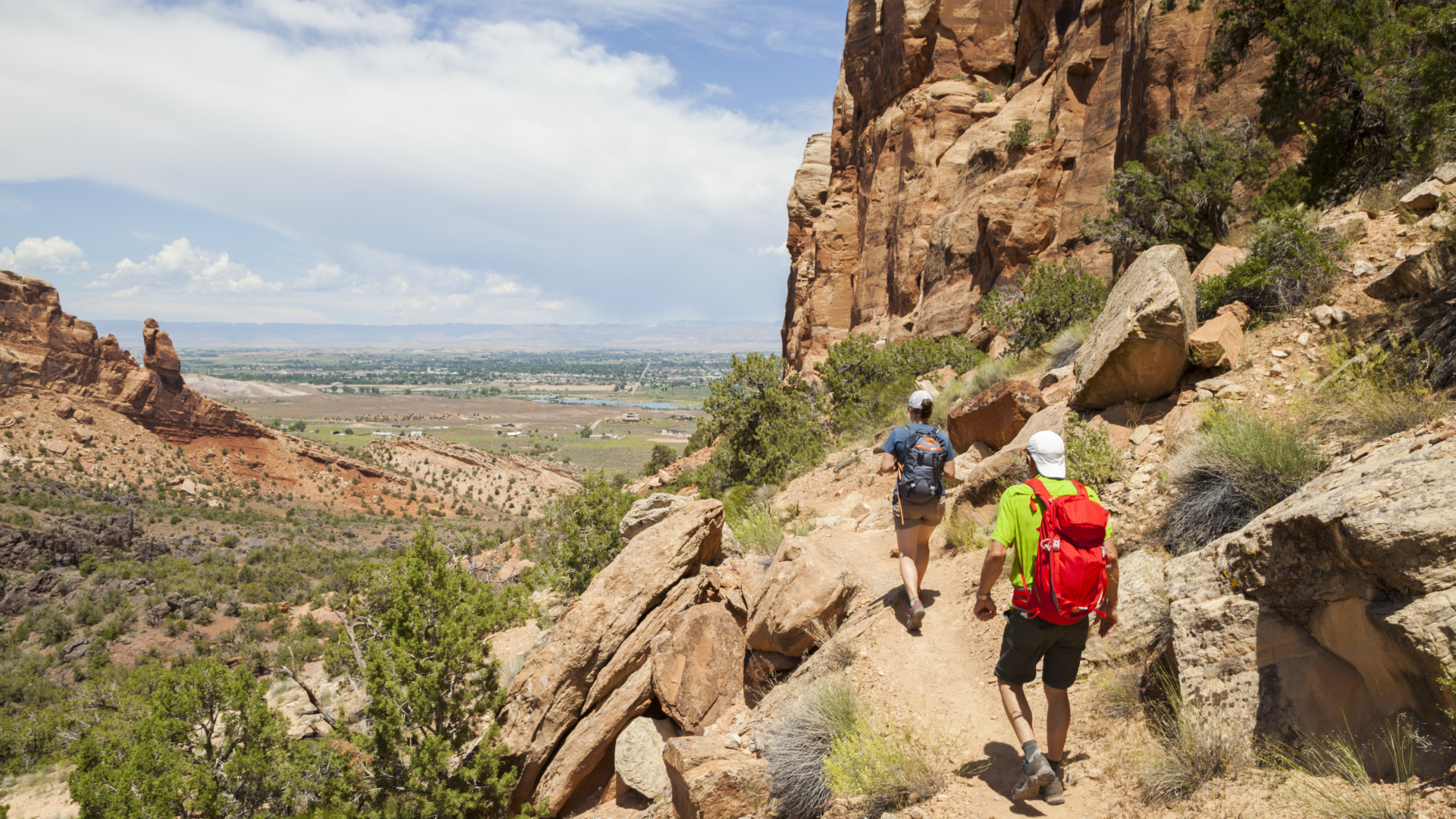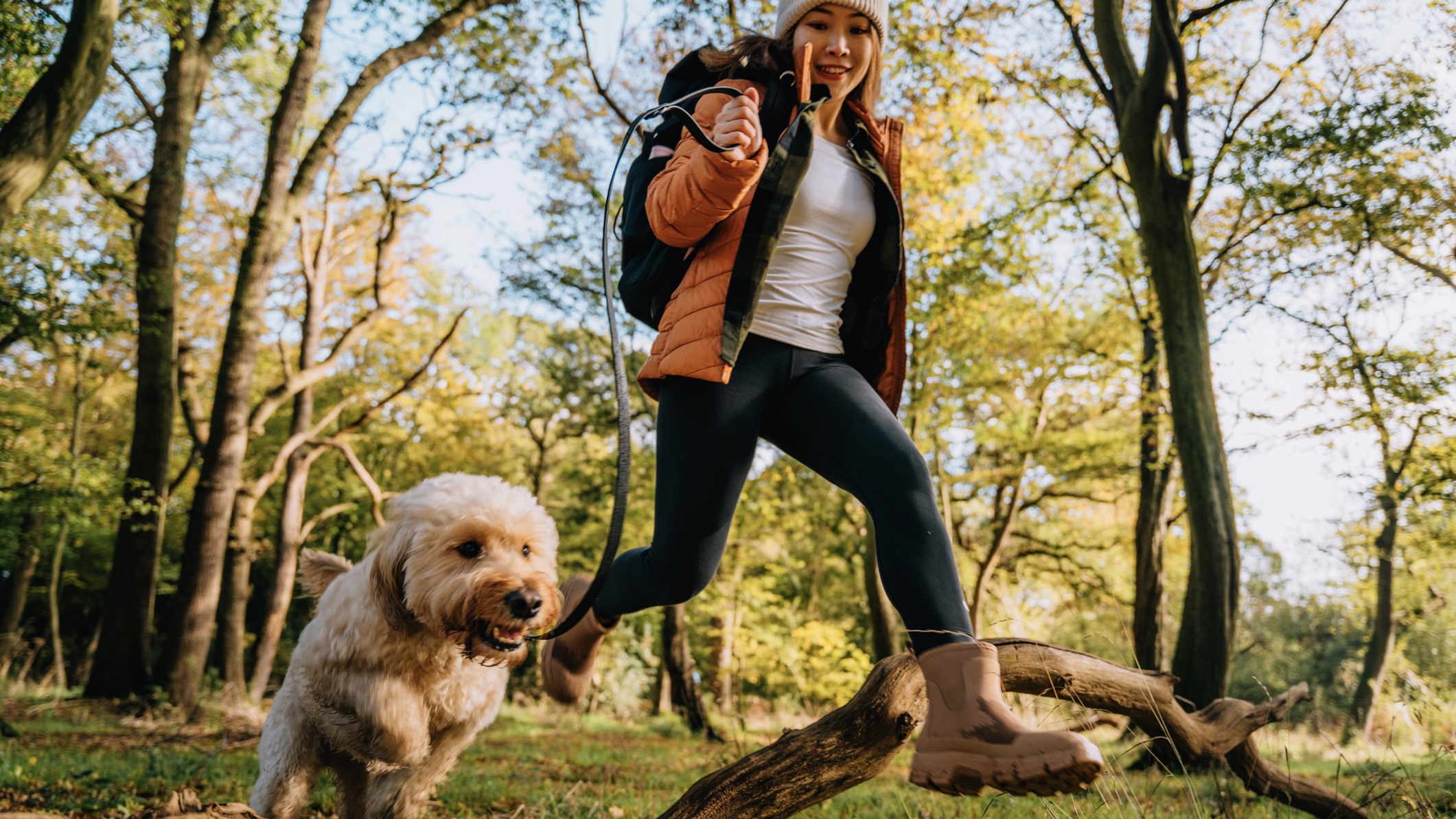The number of Americans going hiking has nearly doubled in a decade – here's everything you need to know to get started
More Americans than ever are hitting the trails and now you can too

It's certainly no secret that hiking is having a moment – from soft hiking trends on TikTok capturing millions of views to exoskeleton technology helping people with mobility issues hit the trail, everyone it seems wants in on the action. Now new research offers a snapshot of just how many Americans are donning hiking boots and hitting trails, and exactly how much that figure has grown in recent years.
According to research published this week by Statista Research Department, 61.44 million Americans went hiking in 2023. That's a massive leap of nearly twice the number who went hiking just 10 years earlier in 2013, and represents about one-fifth of the US population.
What's behind this huge jump in numbers? Certainly, recent years have produced a number of studies and research articles highlighting the benefits of green exercise, while walking and hiking in particular have been shown to help you sleep, help you think and of course strengthen your muscles and improve respiratory health.
Compared to other outdoor adventures like sky diving and mountain biking, hiking as an activity is a relatively accessible way to experience the outdoors and doesn't require too much apparatus. Add to that the fact that social media has opened a lot of eyes to the many natural wonders that exist in America's National Parks and forests and it's no surprise that more and more Americans are seeking the benefits of hiking.

What gear do you need to start hiking?
Hiking is walking, so it seems simple enough to get started, but there are a few things you should do to ensure you're safe and comfortable on any trail, and if you're heading into the backcountry, there are important safety items you need to check off the list.
Though hiking doesn't require lots of expensive apparatus, you'll want to make sure you hit any trail wearing sturdy footwear with good traction to help you avoid slipping on steep, loose or muddy terrain. Check out our guide to the best hiking shoes for a more comfortable approach to walking, and get yourself a pair of hiking socks to avoid blisters.
It's also a good idea to have a waterproof jacket (and rain paints for wet climates), a hiking backpack that helps distribute the load comfortably and a small hiking first aid kit for minor mishaps.
Advnture Newsletter
All the latest inspiration, tips and guides to help you plan your next Advnture!
For arid climates and mild weather where you're exploring well-traveled trails, you can certainly start out with clothes you might wear to the gym, but in more challenging weather or for wilderness adventures, consider proper base layers made from merino wool, hiking pants to protect your legs from thorns and ticks and make sure you have an insulating layer such as a fleece jacket even on warm days.
It's also really smart to carry a headlamp even if you have no intention of being out in the dark in case things don't go to plan. If this all sounds like it's adding up to quite a bill, you're in luck as right now, Black Friday deals are rolling in on camping and hiking gear and we'll be keeping you updated over the coming weeks.

How do I stay safe on the trail?
For brand-new beginners, we recommend finding a local hiking group on social media, going with a more experienced friend and sticking to short, more popular trails while you find your footing. Start with shorter hikes and slowly work your way up to longer distances to build stamina.
Once you've got comfortable with hiking, if you want to go further afield it's advised to learn how to read a map and get yourself a compass (and know how to use it). Though GPS technology has come a long way and apps like AllTrails+ let you download maps to your phone for offline use, it's important to have navigation skills for when batteries run out and technology fails.
Before setting off on any hike, always check the mountain weather forecast and avoid high altitude areas in inclement weather. Finally, always tell someone where you are going, as this could save your life. Learn more in our article on how to start hiking.
Julia Clarke is a staff writer for Advnture.com and the author of the book Restorative Yoga for Beginners. She loves to explore mountains on foot, bike, skis and belay and then recover on the the yoga mat. Julia graduated with a degree in journalism in 2004 and spent eight years working as a radio presenter in Kansas City, Vermont, Boston and New York City before discovering the joys of the Rocky Mountains. She then detoured west to Colorado and enjoyed 11 years teaching yoga in Vail before returning to her hometown of Glasgow, Scotland in 2020 to focus on family and writing.

